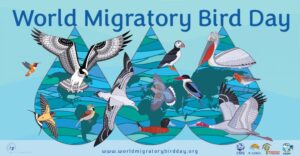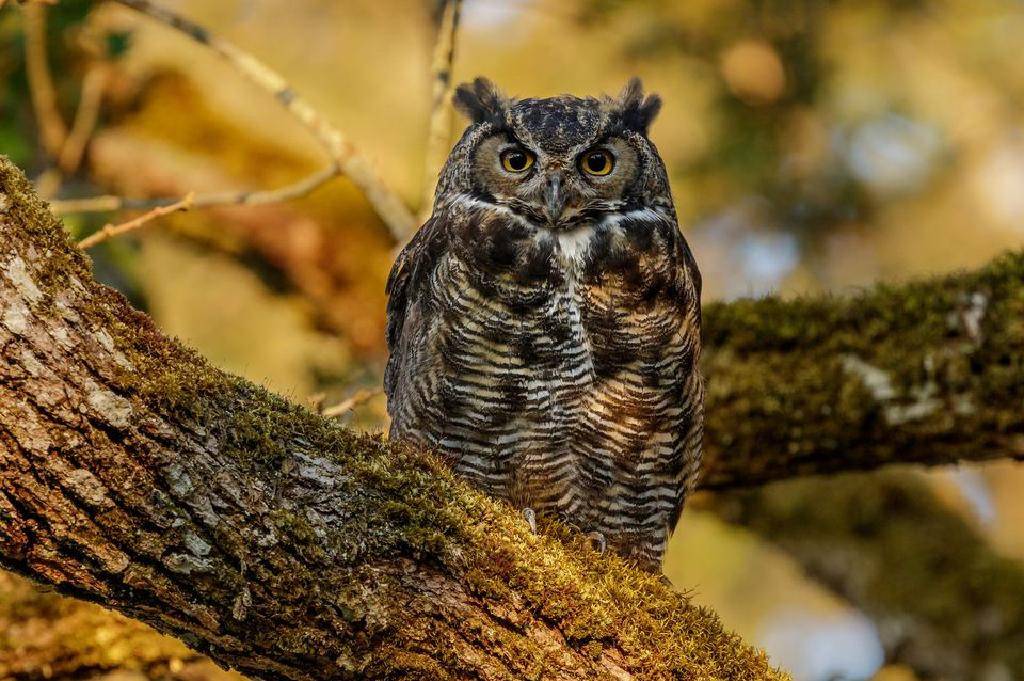WNAM MONITORING: The 14th Meeting of the Conference of the Parties to the Convention on the Conservation of Migratory Species of Wild Animals (CMS COP14) will be held in Samarkand, Uzbekistan, from 12 to 17 February 2024.
The Convention on the Conservation of Migratory Species of Wild Animals, also known as the Convention on Migratory Species (CMS) or the Bonn Convention, was signed in 1979 in Bonn, West Germany, and entered into force in 1983. There are 133 Member States to the convention. Uzbekistan ratified this document on September 1, 1998.
– The biodiversity of Uzbekistan includes more than 27 thousand species, – said the Head of the Department of Zoology of Samarkand State University named after Sharaf Rashidov, Chairman of Samarkand Branch of the Bird Conservation Society of Uzbekistan Abdurashid Jabborov. – In 2019, 206 species of animals and 314 species of plants were included in the Red Book of our country. Currently, there are seven reserves, three national nature parks, ten natural monuments, 12 reserves, and other natural parks in Uzbekistan. It should also be noted that, within the framework of the Ramsar Convention, new natural areas were included in the List of Wetlands of International Importance, and work was carried out to inventory and classify 51 important ornithological sites.
In 1998, the Government Resolution approved the first National Strategy and Action Plan of the Republic of Uzbekistan to conserve biological diversity. This made it possible to establish cooperation with relevant international structures to obtain support in implementing projects to protect local flora and fauna.
Now Uzbekistan cooperates with such international organizations as the Global Environment Facility (GEF), the World Bank, the United Nations Development Programme (UNDP), the UN Environment Programme, UNESCO, the World Wildlife Fund, and the Michael Succow Foundation for the Protection of Nature.
Uzbekistan still faces essential environmental challenges, particularly the conservation of rare plant and animal species. According to the International Union for Conservation of Nature in Eastern Europe, Northern and Central Asia, 46 species of animals and 16 species of plants found in Uzbekistan are on the verge of extinction worldwide.
Uzbekistan is the habitat of many species of migratory animals. The routes of migratory animals included in the Red Book run through the territory of Uzbekistan. We have water basins for rest and wintering of migratory birds – all this reinforces the country’s importance in preserving global biodiversity. The migratory routes of animals do not obey political and geographical boundaries, their survival depends only on large-scale international cooperation and transboundary actions to protect biodiversity.
Such a forum has not yet been held in the CIS. International meetings of the forum are held every three years, where issues such as conservation and restoration of the habitats of animals and birds, the threat of loss and division of habitats, air pollution, and climate change are discussed.
Discussion of these issues allows the development of new reports and manuals and global recommendations for minimizing the impact of environmental pollution on migratory animal species.
On the eve of the conference, a meeting of representatives of the nature conservation organization, who are members of the working group “Migration Routes of Central Asia”, is planned to be held at Samarkand State University named after Sharaf Rashidov.
The event, organized at the initiative of the Bird Conservation Society of Uzbekistan and its Samarkand branch, will be attended by 17 international experts dealing with the issues of migratory routes of migratory birds. ( BY Golib Khasanov, UzA)


